三人行,必有我师焉。——孔子
(sān rén xíng, bì yǒu wǒ shī yān — Kǒngzǐ)
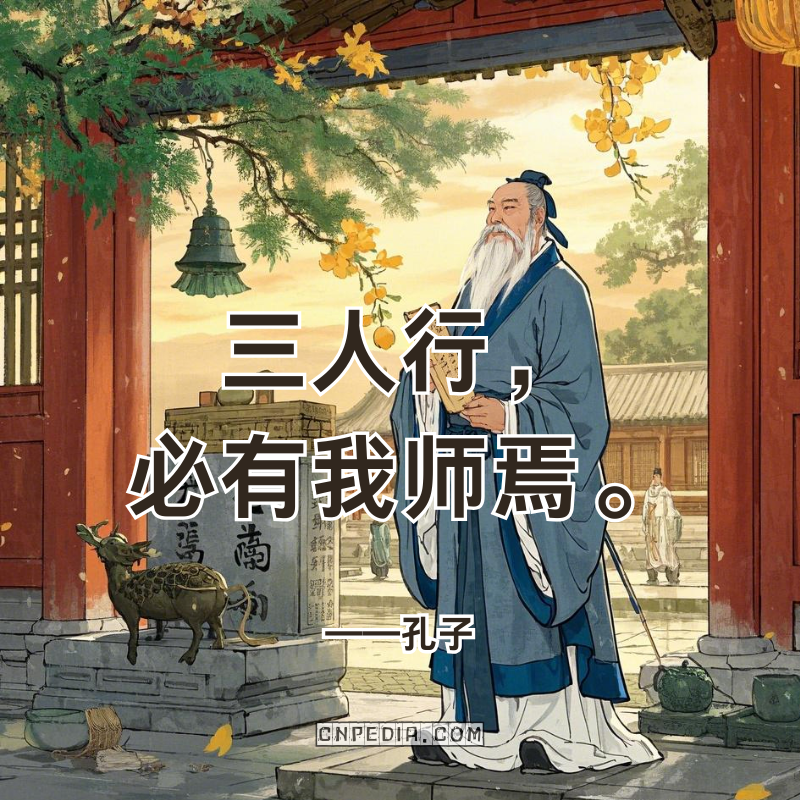
Translation: “Walk with three—among them lies my teacher.”
Explanation:
Confucius’ axiom “Walk with three—among them lies my teacher(sān rén xíng, bì yǒu wǒ shī yān)” proposes humanity’s earliest decentralized learning model. The number 三(sān)—symbolizing “minimum plurality” in 《道德经(Dào Dé Jīng)》’s “三生万物(sān shēng wàn wù)” (three begets all things)—establishes that collective wisdom emerges from small-group diversity rather than hierarchical expertise. This predates modern swarm intelligence theories by 24 centuries.
Ancient Chinese academies institutionalized this through “游学(yóu xué)” (knowledge pilgrimage), where scholars gained insights from farmers’ crop rotations and blacksmiths’ metallurgy. The Tang Dynasty’s imperial exams even required candidates to cite 三人(sān rén)-inspired lessons from non-elite sources. Modern parallels shine in Toyota’s 改善(kǎi shàn) system empowering assembly line workers to optimize workflows, and GitHub’s open-source communities where novice coders improve veteran projects.
Neuroscience now validates Confucius’ model. University of Cambridge studies show groups of three maximize cognitive diversity while minimizing social loafing—activating both the dorsolateral prefrontal cortex (critical analysis) and temporoparietal junction (perspective-taking). Meanwhile, AI-driven platforms like ChatGPT use 三人(sān rén) principles through ensemble learning algorithms that cross-pollinate data from multiple neural networks.
From Reddit’s crowdsourced troubleshooting to Pfizer’s peer-to-peer vaccine research hubs, this 2,500-year-old maxim transforms learning from solitary accumulation to collaborative alchemy—proving every 行(xíng) (journey) becomes a classroom when we embrace 师(shī) (teachers) in unexpected forms.

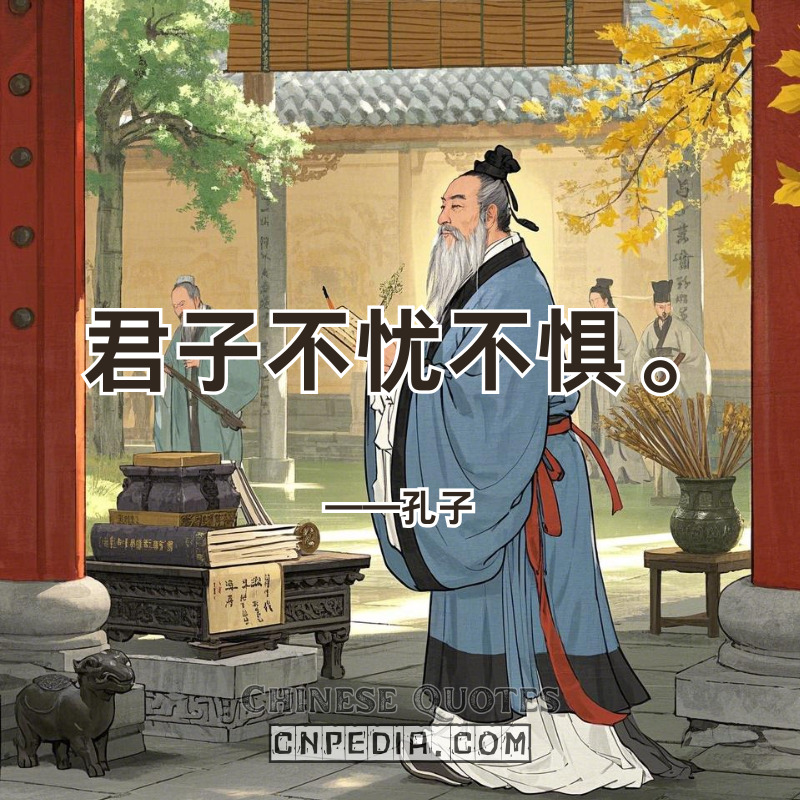

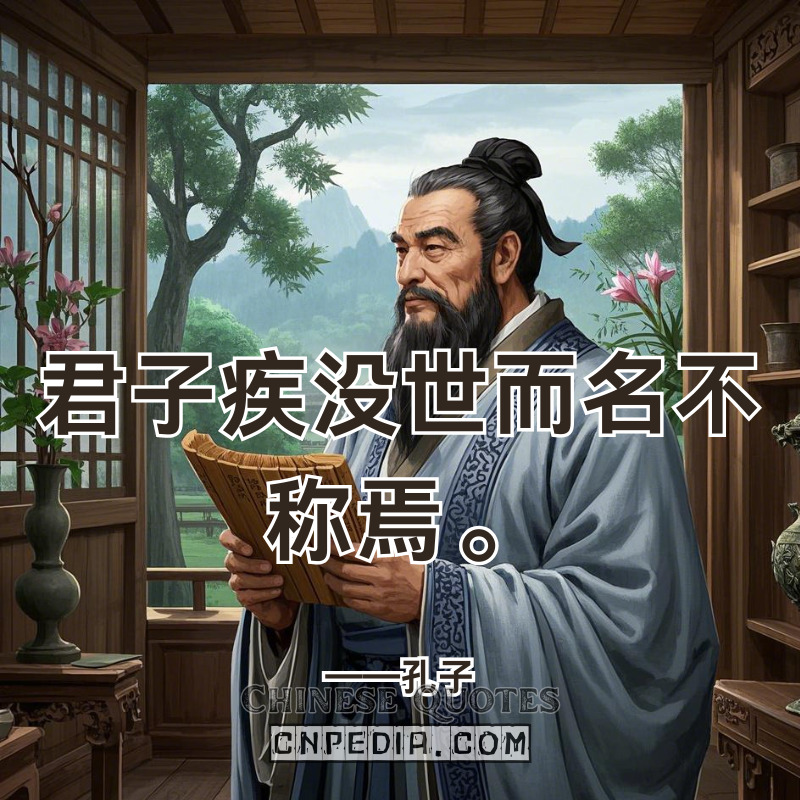
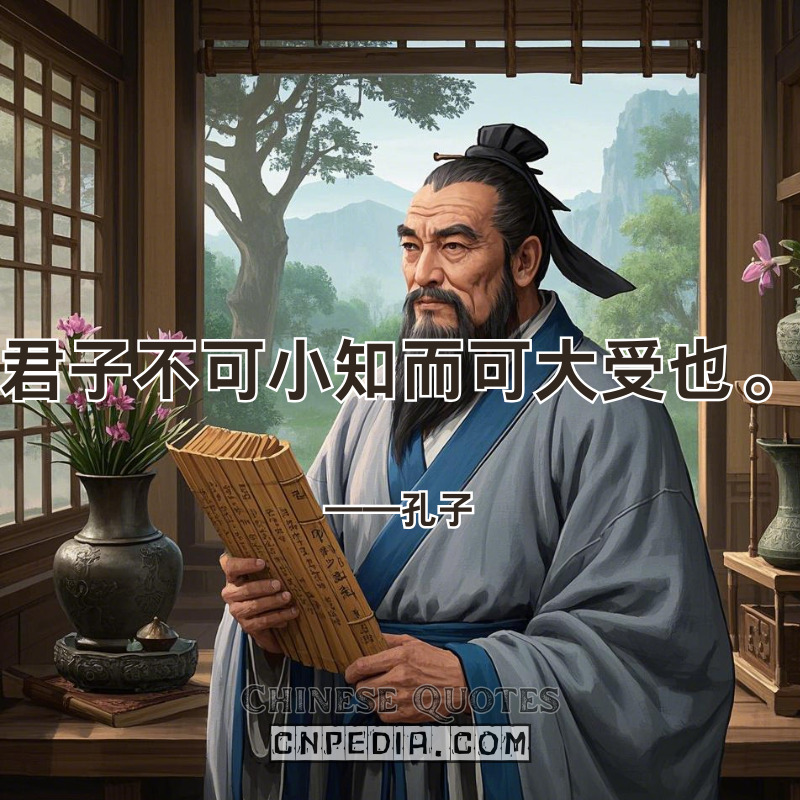
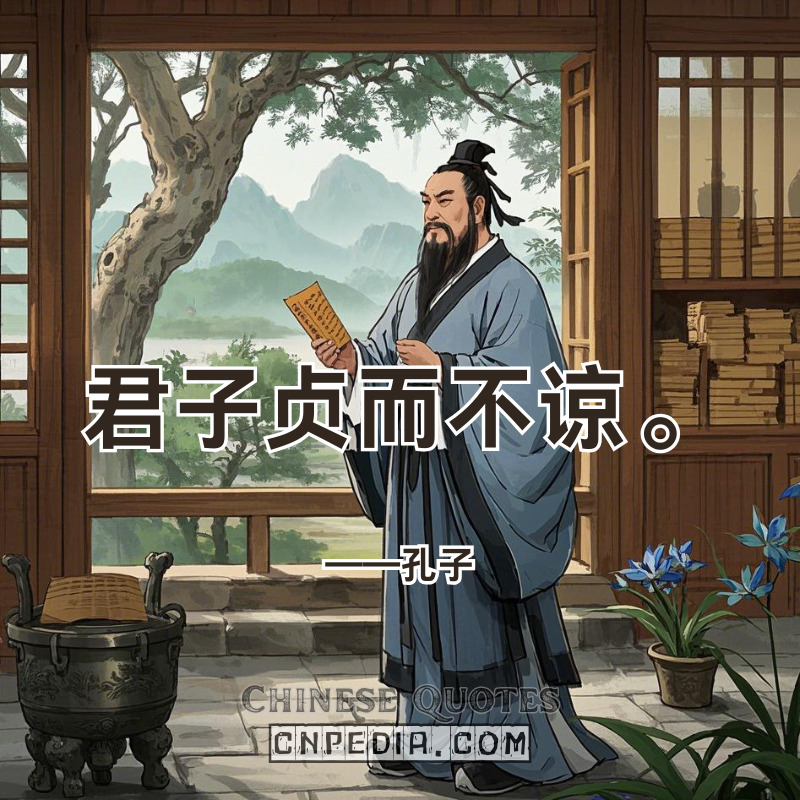


——Records-of-the-Grand-Historian-Biographies-of-the-Money-makers.jpg)
——Records-of-the-Grand-Historian-Biographies-of-the-Money-makers.jpg)
——Records-of-the-Grand-Historian-Biographies-of-the-Money-makers.jpg)
——Records-of-the-Grand-Historian-Biographies-of-the-Money-makers.jpg)
——Records-of-the-Grand-Historian-Biographies-of-the-Money-makers.jpg)
——Records-of-the-Grand-Historian-Biographies-of-the-Money-makers.jpg)